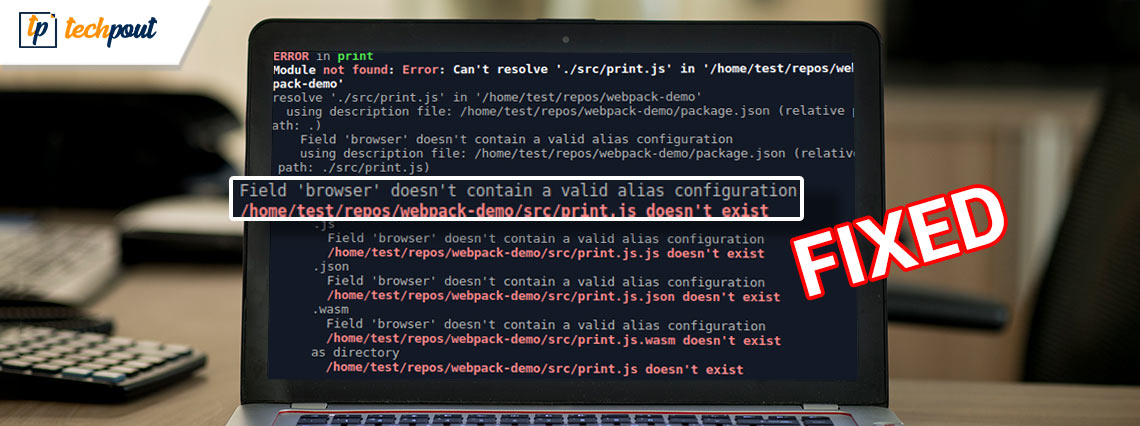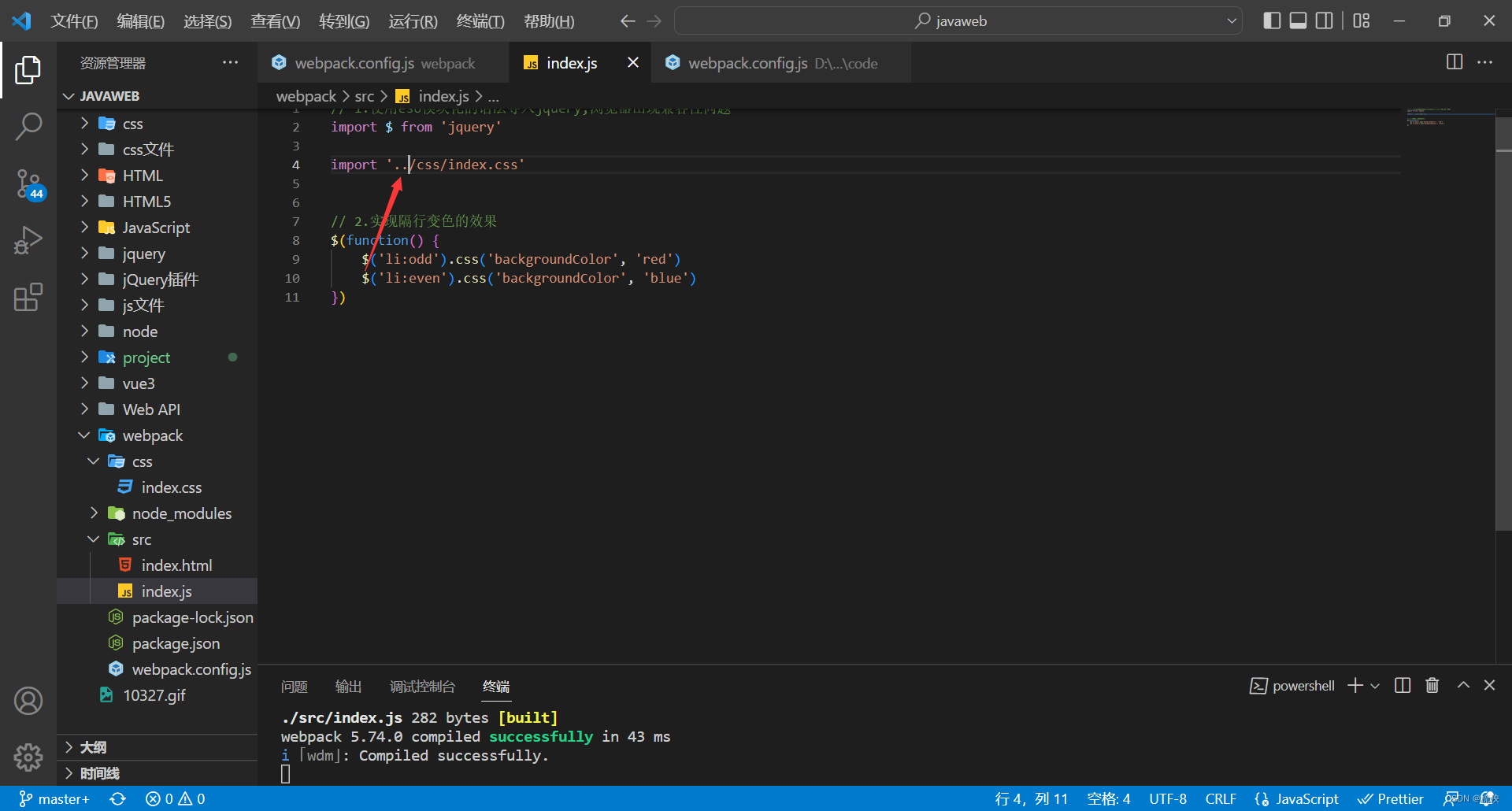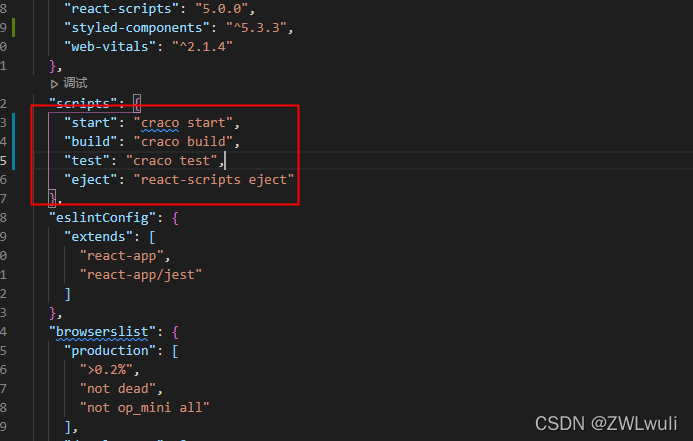Field ‘Browser’ Doesn’T Contain A Valid Alias Configuration
Overview of Browsers and Alias Configuration Errors
Browsers are software applications that allow users to access and view websites on the internet. Some popular browsers include Google Chrome, Mozilla Firefox, Safari, and Microsoft Edge. Browsers use rendering engines to interpret HTML, CSS, and JavaScript code and display webpages accordingly. Each browser has its own set of features and capabilities, making it crucial for web developers to ensure their web applications work correctly across different browsers.
In the context of JavaScript development, the package.json file is a configuration file that includes metadata about a project, such as its dependencies and build scripts. The ‘browser’ field in the package.json file is used to specify alias configurations for resolving JavaScript modules. This allows developers to create custom aliases for module paths and simplify the process of importing and using modules in their code.
However, errors can occur in the browser field configuration, leading to issues with module resolution. These errors can manifest as “Module not found” errors or other types of runtime errors related to module loading. It is important to identify and fix these errors to ensure the application runs smoothly.
Common Errors in Browser Field Configuration
There are several common errors that can occur in the browser field configuration. Some of these errors include:
1. “Module not found: Error can’t resolve ‘src’ in”: This error typically occurs when the browser field is configured to resolve a module named ‘src’ but cannot find it. This error can be fixed by correcting the module path or by checking if the module is properly installed.
2. “Webpack alias”: Aliases defined in the browser field configuration should match the aliases used in the Webpack configuration file. If there is a mismatch, the browser field configuration will not work correctly, resulting in module resolution errors.
3. “Webpack config.ts”: When using TypeScript in conjunction with Webpack, it is common to have a Webpack configuration file with the .ts extension. However, the browser field configuration should be specified in a .js file. If the browser field configuration is placed in a .ts file, it will not be recognized by Webpack and result in errors.
4. “Support for the experimental syntax ‘jsx’ isn’t currently enabled”: This error typically occurs when the browser field configuration is not compatible with the version of Babel or other transpiler being used. It can be fixed by ensuring that the browser field configuration is compatible with the transpiler settings.
5. “Can’t resolve ‘fs'”: The ‘fs’ module is a built-in Node.js module used for file system operations. However, the browser field configuration should not include references to Node.js-specific modules like ‘fs’. If the browser field includes the ‘fs’ module, it will result in a module resolution error when running the application in a browser environment.
Steps to Fix a Browser Field with Invalid Alias Configuration
To fix a browser field with an invalid alias configuration, follow these steps:
1. Review the error messages: Read the error messages carefully to understand the specific issue with the browser field configuration.
2. Verify the module paths: Check if the module paths specified in the browser field configuration are correct. Ensure that the modules exist and are accessible.
3. Match aliases with Webpack configuration: Ensure that the aliases defined in the browser field configuration match the aliases used in the Webpack configuration file. This will ensure consistency in module resolution.
4. Check compatibility: Ensure that the browser field configuration is compatible with the version of Babel or other transpiler being used. Update the configuration if necessary.
5. Remove Node.js-specific modules: Remove any references to Node.js-specific modules like ‘fs’ from the browser field configuration. These modules are not compatible with browsers and can cause module resolution errors.
Best Practices for Configuring the Browser Field
When configuring the browser field, it is important to follow some best practices to avoid errors and ensure smooth module resolution:
1. Use meaningful aliases: Choose aliases that are descriptive and easy to understand. This will make it easier for other developers to work with the codebase.
2. Keep aliases consistent: Ensure that aliases specified in the browser field configuration match the aliases used in the codebase. This will prevent confusion and reduce the likelihood of module resolution errors.
3. Test across browsers: Test the application across different browsers to ensure that the browser field configuration works correctly in all environments.
4. Regularly update dependencies: Keep the dependencies used in the project up to date to take advantage of bug fixes and improvements in module resolution.
Conclusion
In conclusion, the ‘browser’ field in the package.json file is a powerful tool for configuring module resolution in JavaScript applications. However, errors in the alias configuration can lead to issues with module resolution and runtime errors. By understanding common errors, following best practices, and taking appropriate steps to fix invalid alias configurations, developers can ensure smooth module resolution and create robust web applications.
FAQs:
Q: What is the purpose of the ‘browser’ field in the package.json file?
A: The ‘browser’ field is used to specify alias configurations for module resolution in JavaScript applications.
Q: What are some common errors in the browser field configuration?
A: Some common errors include “Module not found: Error can’t resolve ‘src’ in”, “Webpack alias”, “Support for the experimental syntax ‘jsx’ isn’t currently enabled”, and “Can’t resolve ‘fs'”.
Q: How can I fix a browser field with an invalid alias configuration?
A: To fix an invalid alias configuration, review error messages, verify module paths, match aliases with the Webpack configuration, check compatibility, and remove Node.js-specific modules.
Q: What are some best practices for configuring the browser field?
A: It is recommended to use meaningful aliases, keep aliases consistent, test across browsers, and regularly update dependencies.
Storybook – Can’T Resolve ‘Generated-Stories-Entry.Cjs’ / Field ‘Browser’ Doesn’T Contain A Valid…
Keywords searched by users: field ‘browser’ doesn’t contain a valid alias configuration Module not found: Error can t resolve src in, Webpack alias, Webpack config ts, Support for the experimental syntax ‘jsx isn t currently enabled, Can t resolve ‘fs, Webpack –config, Webpack-dev-server inline progress config build webpack-dev conf js, Webpack config JS react
Categories: Top 100 Field ‘Browser’ Doesn’T Contain A Valid Alias Configuration
See more here: nhanvietluanvan.com
Module Not Found: Error Can T Resolve Src In
Understanding the Error:
The error message, “Module not found: Error can’t resolve ‘src’,” indicates that the module or file specified in the import statement cannot be resolved. In most cases, the error is related to an incorrect or missing file path. The ‘src’ typically represents the source directory, which is the root directory where the project’s source code is located.
Causes of the Error:
Several reasons can lead to this error, including:
1. Incorrect File Path: If the specified file path for the module is incorrect or does not exist, the ‘Module not found: Error can’t resolve’ error is thrown. Developers must ensure that the path provided is accurate and points to the correct file.
2. Missing file: If the module file itself is missing or has been mistakenly deleted, the error can occur. Double-checking the existence of the required file is essential.
3. Build Configuration Issues: In situations where the project utilizes a build or bundling tool, such as webpack, the error can be caused by misconfigurations within the build tool itself. This includes incorrect setup of module resolution or missing necessary dependencies.
4. Typo or Case Sensitivity: Within the import statement, incorrect spelling or casing can also lead to the error. JavaScript is case-sensitive, so even a minor typographical error can cause the module not to be found.
Resolving the Error:
Resolving the ‘Module not found: Error can’t resolve src’ error requires careful inspection and troubleshooting. Here are some steps to consider:
1. Verify the file path: Double-check the file path provided in the import statement. Ensure that it is accurate and corresponds to the actual location of the file. It’s helpful to check the relative path from the file trying to import the module.
2. Check the file existence: Confirm that the file specified in the import statement actually exists. If the file is missing, locate or restore it to resolve the error. Sometimes, a file might be mistakenly excluded from version control or removed unintentionally.
3. Review the build setup: If using a tool like webpack, verify the build configuration. Ensure that the module resolution is correctly configured, and the source directory is properly defined. Review the bundling process and any associated dependencies or plugins required for resolving the modules.
4. Check for typos or case sensitivity: Go through the import statement and the actual file name to check for any typos. Pay attention to the case sensitivity, ensuring it matches the actual file name and its path.
Frequently Asked Questions (FAQs):
Q1. Why am I getting the ‘Module not found: Error can’t resolve’ even though the file path is correct?
A: Sometimes, the issue can be related to caching problems. Try clearing your cache by running a clean build or restarting your development server. Additionally, ensure that your project structure or file system hasn’t been modified since the last successful build.
Q2. How do I find the actual file path of a module?
A: In most modern code editors or integrated development environments (IDEs), you can right-click on the module or the import statement and select an option like “Go to definition” or “Open file location.” This will take you directly to the file associated with that module.
Q3. I am using an absolute file path but still encountering the error. What should I do?
A: Using absolute file paths can be error-prone, especially when collaborating with other developers or running the project in different environments. Consider using relative paths instead, which are more reliable and ensure portability of the codebase.
Q4. How can I prevent this error from occurring in the future?
A: Consistently maintaining and organizing the project structure, along with ensuring accurate file paths, can minimize the occurrence of this error. Additionally, being cautious while naming modules, avoiding typos, and regularly testing the application can help identify and resolve any potential issues early on.
In conclusion, the ‘Module not found: Error can’t resolve src’ error is encountered when the specified module or file path cannot be found or resolved. Developers should carefully verify file paths, check for file existence, review build configurations, and ensure accurate naming and case sensitivity to resolve this error efficiently. Remember to regularly test and maintain the project structure to minimize such errors in the future.
Webpack Alias
In modern web development, managing and organizing project files can be a complex process. This is particularly true when it comes to importing modules and files, as developers often have to navigate through long directory paths. However, Webpack, a popular module bundler, offers a solution to this problem through its alias feature. In this article, we will explore webpack alias in detail and discuss how it can help streamline the development process.
Understanding Webpack Alias
Webpack alias is a feature that allows developers to create shortcuts or alternative names for modules or directories. Instead of using lengthy relative or absolute paths, developers can use these aliases to make their imports more concise and readable. By configuring aliases in the webpack configuration file, developers can replace long paths with shorter aliases, simplifying the codebase and enhancing developer productivity.
Setting Up Webpack Alias
To set up webpack alias, first, create or locate the webpack configuration file (commonly named “webpack.config.js”). Open the file and look for the “resolve” property. Within this property, add the “alias” key, followed by an object containing the aliases. Each alias consists of a key-value pair. The key specifies the alias name, while the value points to the relative or absolute path of the module or directory.
For example, consider the following webpack alias configuration:
“`javascript
const path = require(‘path’);
module.exports = {
// … other webpack configurations
resolve: {
alias: {
components: path.resolve(__dirname, ‘src/components/’),
utils: path.resolve(__dirname, ‘src/utils/’),
},
},
};
“`
In this setup, “components” and “utils” are aliases for the corresponding directories in the project hierarchy. Now, instead of using long paths like “../../../src/components”, developers can use “components” to import the desired module: `import Button from ‘components/Button’;`.
Using Webpack Alias
Once the aliases are set up, developers can use them in their code by referencing the alias name as they would with any other import statement. Webpack will then automatically resolve the alias and import the appropriate module.
In addition to simplifying the import statements, webpack alias also helps ensure better maintainability. If the project structure changes, developers only need to update the alias configuration instead of manually modifying all the import statements throughout the codebase.
Frequently Asked Questions (FAQs):
Q1. Can I use webpack alias with module loaders other than JavaScript?
Yes, webpack alias can be used with various module loaders, including but not limited to JavaScript. Whether you are using loaders for CSS, SASS, or any other file type, webpack alias can simplify imports across the entire project.
Q2. Are aliases limited to directories or can I alias specific files?
Webpack alias is not limited to directories. Developers can also create aliases for specific files. This can be particularly useful when dealing with common utility files or configuration files that need to be imported across multiple modules.
Q3. Can I use relative paths alongside webpack alias?
Yes, webpack alias can be used alongside relative paths. This means that developers can freely use both aliases and relative paths in their import statements. However, the ultimate aim is to gradually replace relative paths with aliases to achieve a cleaner and more maintainable codebase.
Q4. Can I have multiple aliases pointing to the same directory or module?
Yes, it is possible to have multiple aliases pointing to the same directory or module. This can be useful when modules have different names depending on the context in which they are imported. Webpack will resolve the alias to the same directory or module regardless of the alias used in the import statement.
Q5. How does webpack resolve conflicting aliases?
Webpack resolves conflicting aliases based on the order they are listed in the webpack configuration file. If two or more aliases have the same name, webpack will use the one defined first. It is important to prioritize aliases correctly to avoid unexpected behaviors or conflicts.
In conclusion, webpack alias is a powerful feature that simplifies the process of importing modules and files in web development projects. By creating shortcuts or alternative names for modules and directories, developers can improve code readability, enhance productivity, and ensure better maintainability. With its easy setup and versatile usage, webpack alias is a valuable tool for any modern web developer.
Images related to the topic field ‘browser’ doesn’t contain a valid alias configuration

Found 32 images related to field ‘browser’ doesn’t contain a valid alias configuration theme


















Article link: field ‘browser’ doesn’t contain a valid alias configuration.
Learn more about the topic field ‘browser’ doesn’t contain a valid alias configuration.
- Field ‘browser’ doesn’t contain a valid alias configuration
- Fix: Field ‘browser’ doesn’t contain a valid alias configuration
- Fix Field Browser Doesn’t Contain a Valid Alias Configuration
- Fix: Field ‘Browser’ Doesn’t Contain a … – MiniTool Software
- Fix: Field Browser Doesn’t Contain a Valid Alias Configuration
- 6 Easy Fixes For Field ‘Browser’ Doesn’t Contain a Valid Alias …
- Field ‘Browser’ Doesn’t Contain a Valid Alias Configuration
- Field browser doesn’t contain a valid alias configuration
- Field ‘browser’ doesn’t contain a valid alias configuration #2095
- [Fixed] Field “browser” doesn’t contain a valid alias configuration
See more: https://nhanvietluanvan.com/luat-hoc